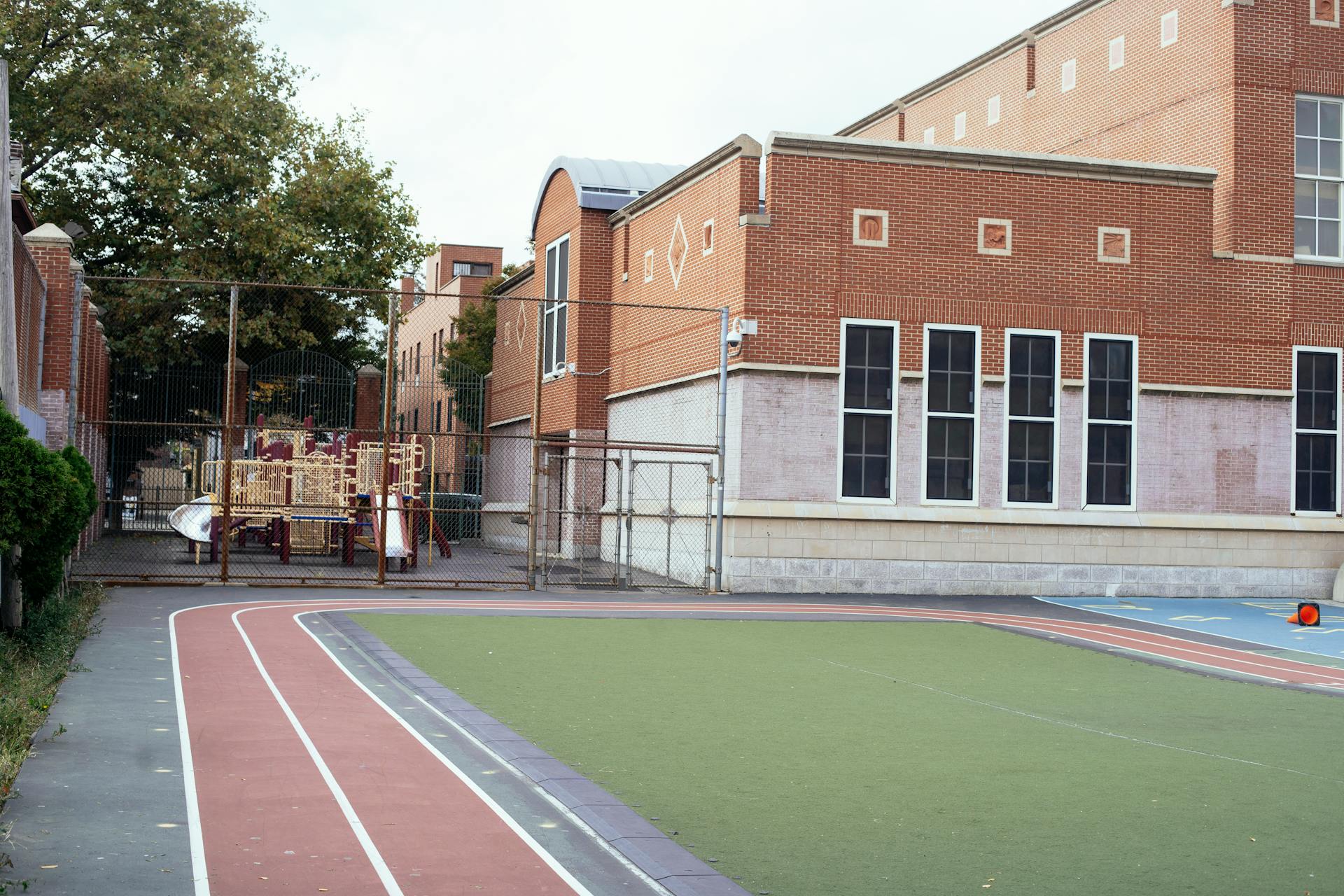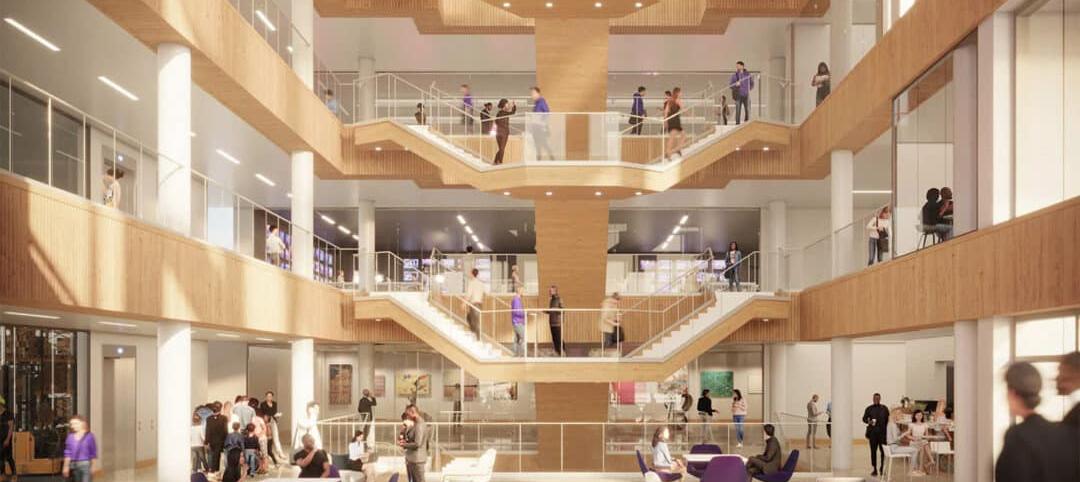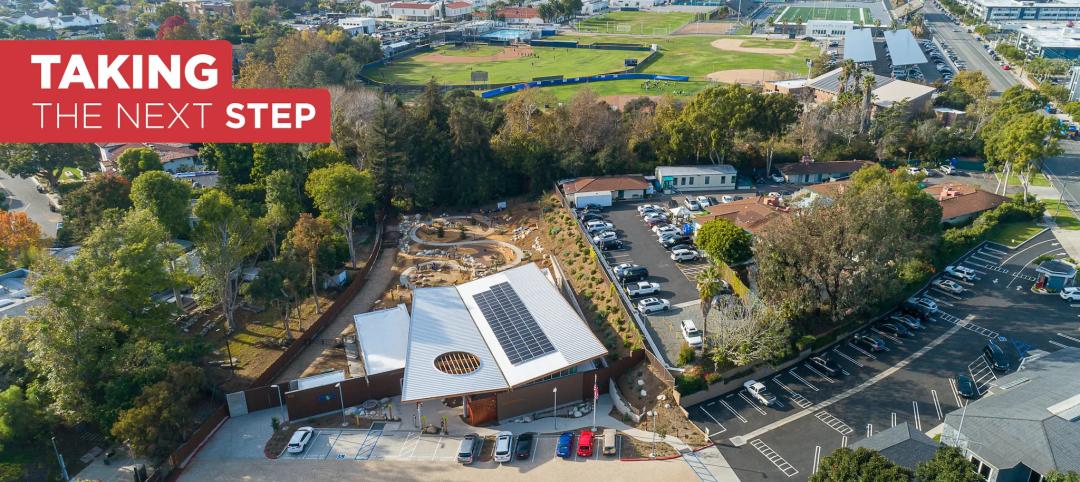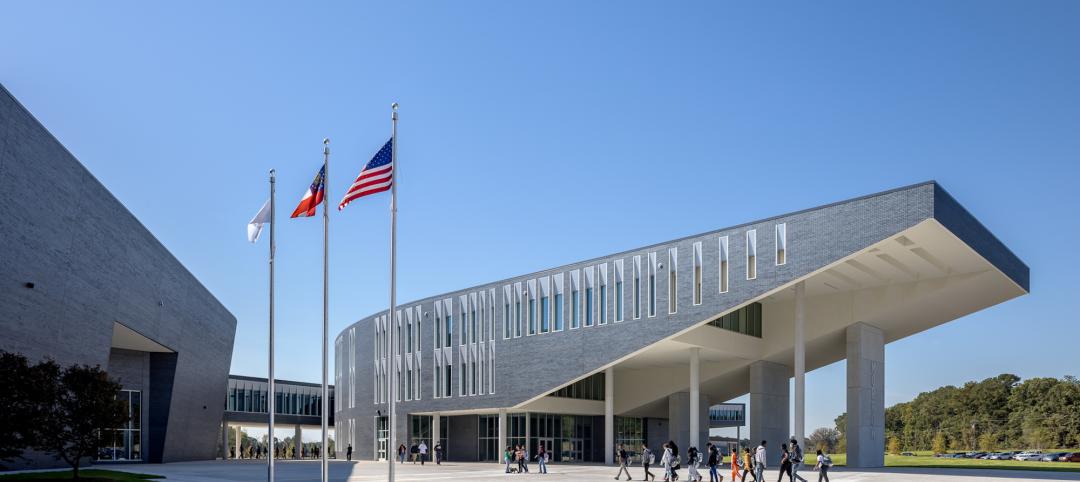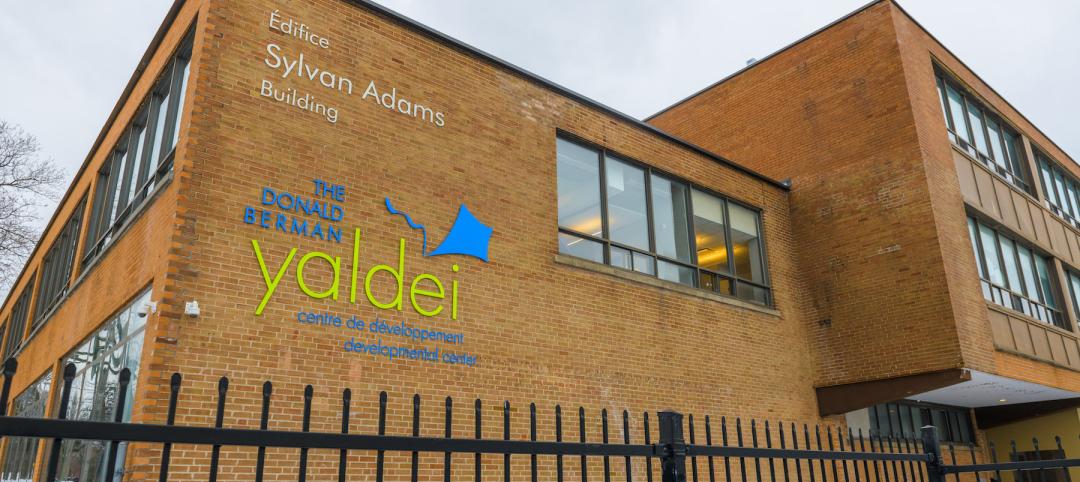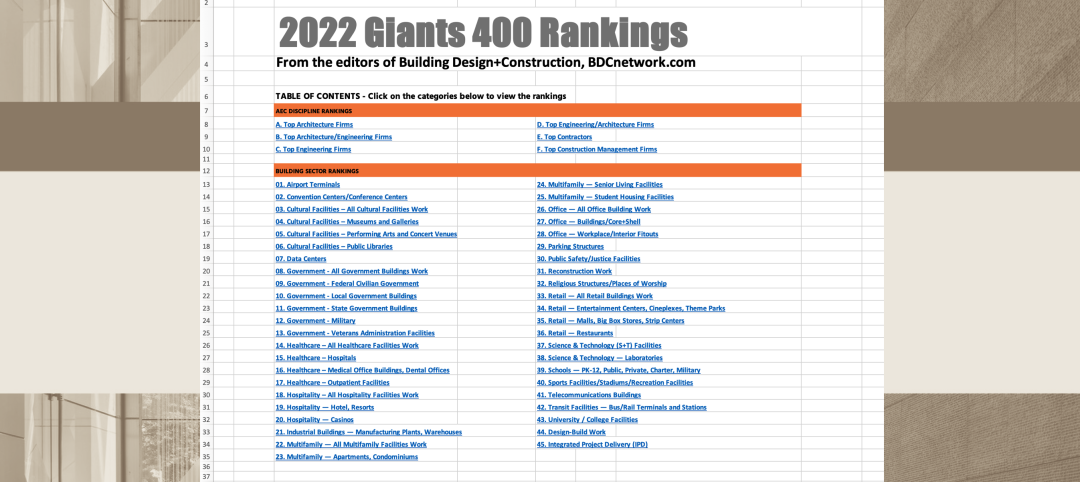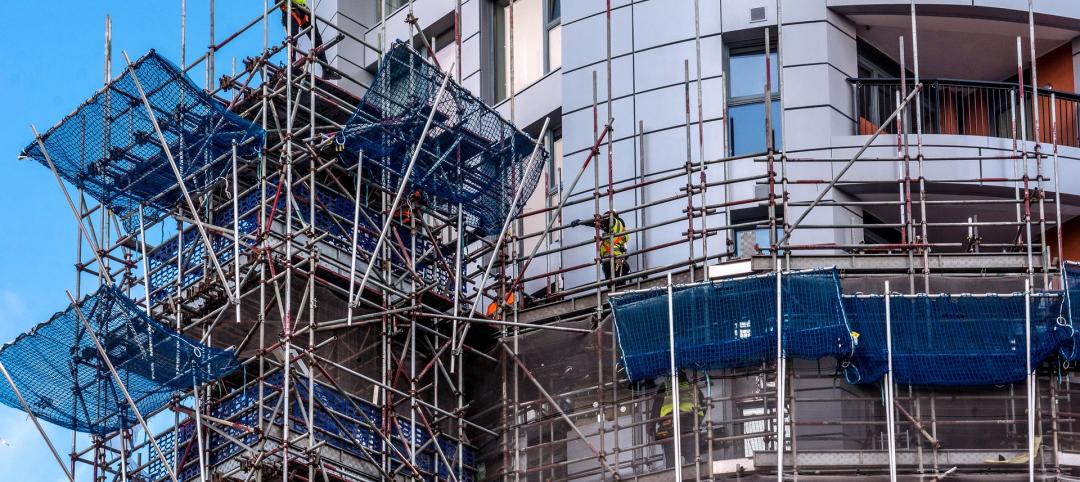The average age of a main instructional school building in the United States is 49 years, according to a survey by the National Center for Education Statistics (NCES).
About 38% of schools were built before 1970. Roughly half of the schools surveyed have undergone a major building renovation or addition. Of those that have been renovated, the average age of the renovation was 14 years.
Major repair, renovation, or modernization work was being performed in 21% of all public schools surveyed as of December 2023. Indoor air quality is a major focus for many schools, with 39% having an indoor air quality coordinator on campus. This position is responsible for monitoring air quality conditions at the school and reporting air quality issues and complaints.
Some 60% of schools have designated vehicle loading and unloading areas at least 25 feet from all building air intakes, including doors and windows. Eighteen % of schools have an anti-idling program that includes signage and active monitoring during pick-up and drop-off times.
Some 31% of public schools have one or more non-permanent (portable) buildings in use.
Here are other findings from the NCES public school building survey:
The average age of the main instructional building is 49 years old. The following %ages of reporting public schools’ main instructional buildings were built during the following time periods:
- Pre-1970: 38%
- 1970 – 1999: 21%
- 2000 – present: 20%
Nearly all public schools (93%) reported having some kind of athletic amenities on-site. The most commonly reported types of facilities were:
- A gymnasium (69%)
- All-purpose grass field (68%)
- Outdoor basketball court (56%)
- Baseball/softball field (38%)
- Weight room (29%)
- Outdoor track (28%)
Most public schools have dedicated library space available (89%).
Compared to the national estimate (89%), higher percentages of public schools with the following characteristics reported having dedicated library space available:
- With 500-999 students (96%)
- With a student body made up of 0-25% students of color (96%)
- In rural areas (94%)
- With 300-499 students (93%)
- Elementary schools (93%)
- In low-poverty neighborhoods (92%)
Compared to the national estimate (89%), lower percentages of public schools with the following characteristics reported having dedicated library space available:
- In cities (84%)
- In high-poverty neighborhoods (81%)
- With a student body made up of 76% or more students of color (80%)
- High/secondary schools (80%)
- With 0-299 students (77%)
Related Stories
Architects | Apr 6, 2023
New tool from Perkins&Will will make public health data more accessible to designers and architects
Called PRECEDE, the dashboard is an open-source tool developed by Perkins&Will that draws on federal data to identify and assess community health priorities within the U.S. by location. The firm was recently awarded a $30,000 ASID Foundation Grant to enhance the tool.
Architects | Apr 6, 2023
Design for belonging: An introduction to inclusive design
The foundation of modern, formalized inclusive design can be traced back to the Americans with Disabilities Act (ADA) in 1990. The movement has developed beyond the simple rules outlined by ADA regulations resulting in features like mothers’ rooms, prayer rooms, and inclusive restrooms.
Education Facilities | Apr 3, 2023
Oklahoma’s Francis Tuttle Technology Center opens academic center for affordable education and training
Oklahoma’s Francis Tuttle Technology Center, which provides career-specific training to adults and high school students, has completed its Francis Tuttle Danforth Campus—a two-story, 155,000-sf academic building. The project aims to fill the growing community’s rising demand for affordable education and training.
K-12 Schools | Mar 6, 2023
Benefitting kids through human-centric high school design
Ingrid Krueger, AIA, LEED AP, shares why empathetic, well-designed spaces are critical in high schools.
Sustainability | Mar 2, 2023
The next steps for a sustainable, decarbonized future
For building owners and developers, the push to net zero energy and carbon neutrality is no longer an academic discussion.
K-12 Schools | Feb 18, 2023
Atlanta suburb opens $85 million serpentine-shaped high school designed by Perkins&Will
In Ellenwood, Ga., a southeast suburb of Atlanta, Perkins and Will has partnered with Clayton County Public Schools and MEJA Construction to create a $85 million secondary school. Morrow High School, which opened in fall 2022, serves more than 2,200 students in Clayton County, a community with students from over 30 countries.
K-12 Schools | Feb 11, 2023
An elementary school in Canada for intellectually challenged kids completes a three-year-long facelift
Last fall, the Yaldei School in Montreal, Quebec, which provides education and therapy to children ages 4 through 16 with intellectual disabilities, completed a $4.5 million renovation of the three-story former parochial school that it had moved into in 2016. The goal of this project, by the firm Stendel + Reich Architecture, was to create spaces that relieve students’ anxiety and make things fun.
Giants 400 | Feb 9, 2023
New Giants 400 download: Get the complete at-a-glance 2022 Giants 400 rankings in Excel
See how your architecture, engineering, or construction firm stacks up against the nation's AEC Giants. For more than 45 years, the editors of Building Design+Construction have surveyed the largest AEC firms in the U.S./Canada to create the annual Giants 400 report. This year, a record 519 firms participated in the Giants 400 report. The final report includes 137 rankings across 25 building sectors and specialty categories.
Giants 400 | Feb 6, 2023
2022 Reconstruction Sector Giants: Top architecture, engineering, and construction firms in the U.S. building reconstruction and renovation sector
Gensler, Stantec, IPS, Alfa Tech, STO Building Group, and Turner Construction top BD+C's rankings of the nation's largest reconstruction sector architecture, engineering, and construction firms, as reported in the 2022 Giants 400 Report.
K-12 Schools | Jan 25, 2023
As gun incidents grow, schools have beefed up security significantly in recent years
Recently released federal data shows that U.S. schools have significantly raised security measures in recent years. About two-thirds of public schools now control access to school grounds—not just the building—up from about half in the 2017-18 school year.


